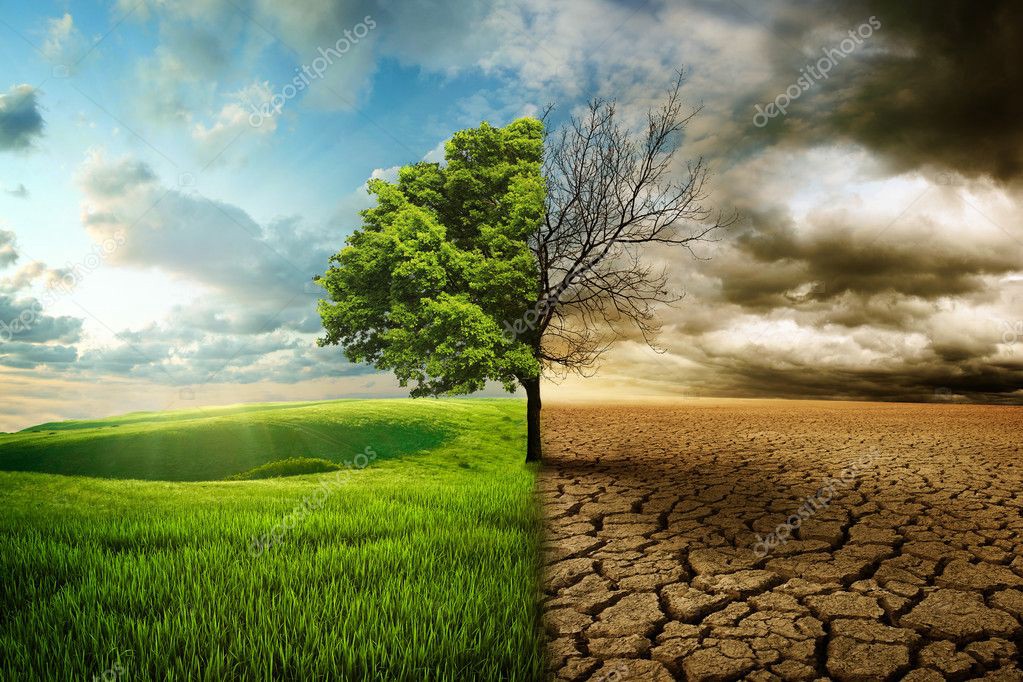
Introduction
Climate change is one of the most important global environmental challenges facing the whole world, especially Pakistan. It refers to the change in atmospheric conditions on Earth.
The changing climate is already adversely affecting Pakistan’s agriculture, water resources, health, and economy.
In Pakistan, the effects of climate change are already being felt. The country has experienced an increase in floods and landslides in recent years.
There has also been a decrease in crop yields and an increase in desertification. These changes are having a negative impact on the economy and on the lives of ordinary Pakistanis.
Climate change has been observed in Pakistan as well, with some regions already experiencing adverse effects. Located in the region of South Asia, Pakistan is one of the most climate-vulnerable developing countries on Earth. The country is also economically weak and lacks the resilience to deal with natural disasters.
CAUSES OF CLIMATE CHANGE
There is a lot of debate about what is causing climate change. Some scientists believe that it is due to natural causes, while others believe that human activity is the main cause. Regardless of the cause, there is no doubt that climate change is real and is happening right now.
The climate is the product of weather which is always changing its pattern according to time and place. Seasonal variations resulting from natural causes occur on different time scales but they are least responsible for a significant change in the climate.
After the industrial revolution, the atmospheric composition changed drastically due to the addition of the emitted Greenhouse Gases (GHGs) which have very high warming potential and a long lifetime to exist in the biosphere.
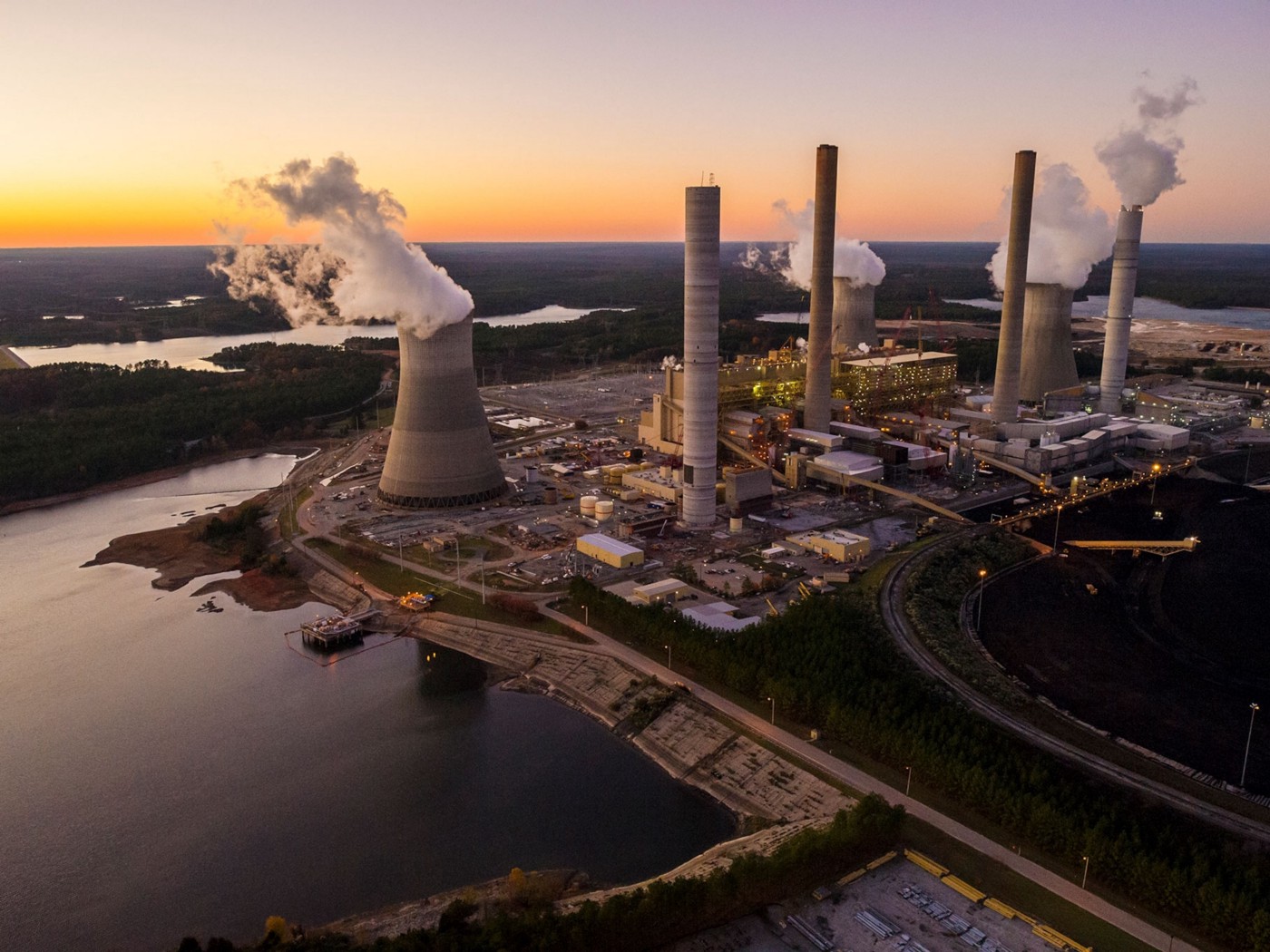
Scientists say that because of the age of these gases, if GHG emissions stopped now, the ongoing warming trend will continue for the next 50 years. prevailing rate. Similarly, the heat capacity of each gas is given relative to CO2. (Anderson et al., 2009). for instance, one kilogram of methane can heat the atmosphere 72 times.
More than one kilogram of carbon can be (New, 1993). A general message from this information. It seems that the increasing concentration of GHGs in the atmosphere is not only creating Issues related to climate change that indicate dire consequences in the future.
Climate change is one of the biggest challenges from the past few years because of the lack of paying attention seriously to it and not taking safety measures. that is why the atmospheric behavior has changed and the impact has been directly affecting the weather.
A number of the main issues facing Pakistan are the depletion of forests by cutting trees, industrial pollution and the most serious threat arising from climate change in Asia is freshwater availability which is projected to decline especially in large river basins, and can adversely affect more than a billion people. The second and also the most important factor of climate change is global warming.
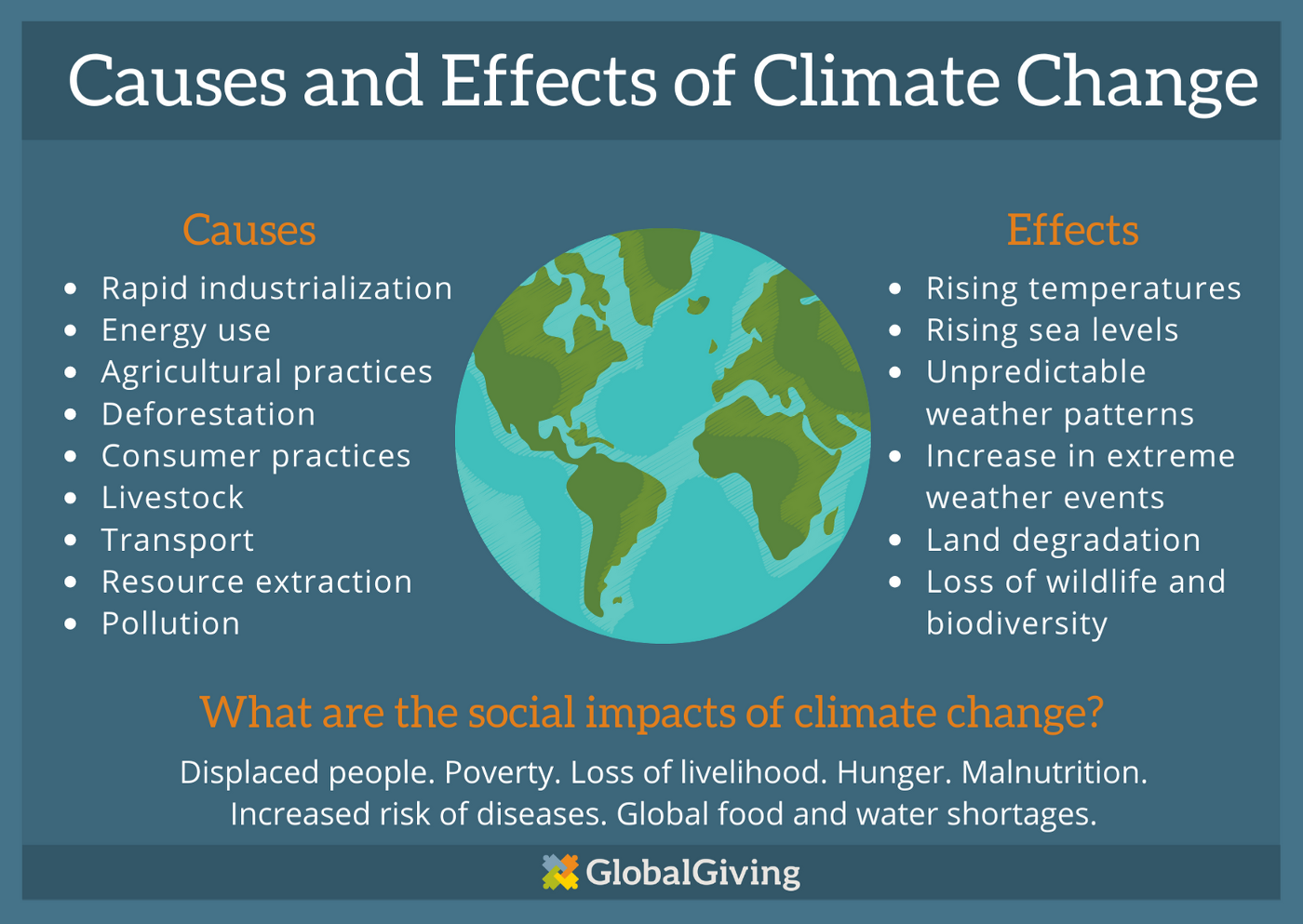
GLOBAL WARMING EFFECTS
The phenomenon of global warming is a major cause of environmental degradation and plays a major role in changing the whole environment on the earth. global warming has been affecting the dynamics of the climate system whose five components viz-a-viz atmosphere, cryosphere, hydrosphere, biosphere, and lithosphere are interacting with each other in a complex way due to fossil fuel combustion leading to a rise in Earth’s average temperature which is badly affected surface of the earth, air, and an ocean.
Climate change refers to global warming, which leads to a decrease in temperature and an increase in precipitation. Pakistan is one of the countries most vulnerable to climate change on account of its geographical location and natural conditions.
It is happening mainly the humans burn coal, oil, and natural gases. Different kinds of pollution are made by industrial waste which is why the whole weather scenario has been changed.
Depleting the ozone layer among greenhouse gases, the rise of carbon dioxide in the atmosphere is the main cause of global warming its effects have been seen in the whole world especially in Pakistan for the past few years.
The temperature partially of a country exceeded upto 120°F. These challenges threaten to fuel conflicts over climate-related resources. a serious cause of global warming is the Earth’s surface acting as a greenhouse to capture the sun’s heat which plays an important role in increasing the Earth’s temperature.
Global warming has been increasing massively for the past few decades and it is only because of the G20 countries that are the major cause of global warming effects. Which has led to destruction thanks to their industrial production. There are many problems caused by heating some are:
- Seasons change rapidly which causes unseasoned rains which are targeting Asian countries just in case of large-scale floods.
- It is also destroying human resources through unpredictable heat waves and has led to the destruction of large-scale crop-based areas.
- Global warming is also affecting the weather conditions and due to these changes being observed in the weather around the world, many countries are experiencing extreme weather condition that has never been seen before.
A recent analysis conducted at GCISC shows that the average annual temperature in Pakistan has increased in the recent past, Sindh and Baluchistan have increased more. it is observed that the rise in temperature is higher than in winter when compared with summer and maximum growth is seen in summer and in December and February.
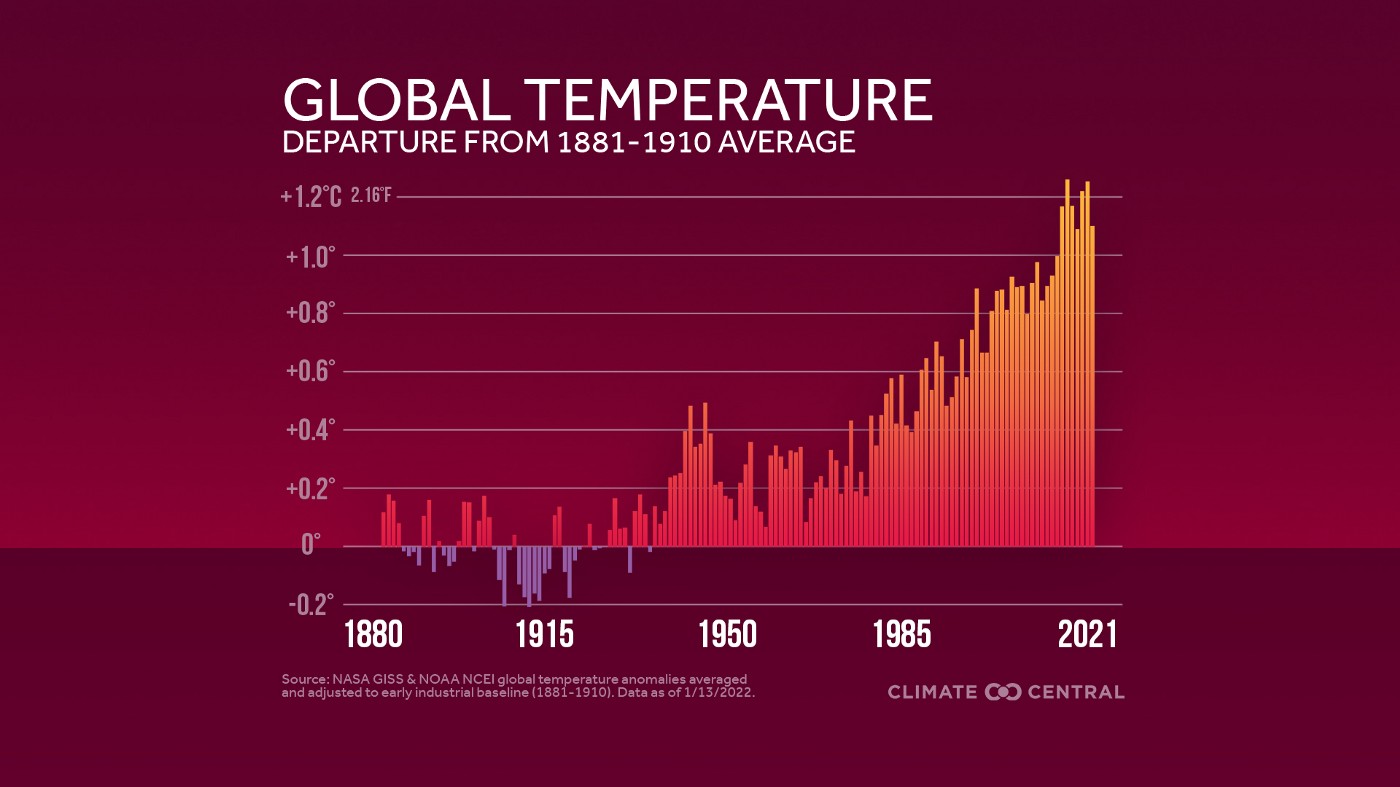
The average temperature in Pakistan has increased by 0.6 degrees Celsius in the last century. Consistent with an increase in average global temperature. Rains have also increased in most parts of the country. Estimates show an average increase by the end of this century. The temperature of Pakistan will be between 3°C to 5°C which is higher than the global temperature.
DISADVANTAGES OF A CHANGING CLIMATE
A changing climate brings a host of potential problems and disadvantages. Here are some of the key disadvantages of a changing climate:
- Extreme weather events will become more common and more intense. This includes more frequent and stronger hurricanes, floods, wildfires, and droughts.
- agricultural production will decline as a result of extreme weather events, pests and diseases, and water shortages. This will lead to higher food prices and potentially widespread hunger.
- Rising sea levels will inundate coastal areas, leading to the displacement of millions of people. Low-lying island nations such as the Maldives are especially at risk of disappearing entirely.
- Climate change will exacerbate existing social inequalities, as those who are already disadvantaged will suffer the most from its impacts.
- The cost of adapting to a changing climate – through measures such as building flood defenses – is estimated to be in the trillions of dollars globally. This represents a huge financial burden that will fall on taxpayers and future generations.
HOW HAS PAKISTAN BEEN AFFECTED BY CLIMATE CHANGE?
For the past 20 years, Pakistan is consistently ranked among those countries which are currently at very high risk due to climate change. During this century we saw some major changes in climate all over the world, especially in Pakistan.
Pakistan may be a highly vulnerable country in the world that is most affected by these changes. This year Pakistan has suffered thanks to terrible heat waves which have been recorded after a very long time and because of that many people have died due to warmer temperatures.
Heatwaves further exacerbated food insecurity, which may undermine peace and stability all over the world.
Over a previous couple of years, Pakistan has suffered from different sorts of disasters due to climate change like rising temperatures, heatwaves, melting glaciers speedily, and cyclones.
Not only that global climate change has caused the greatest destruction but unseasonal rains have caused massive flooding in many provinces of Pakistan. plenty of villages have totally vanished from the surface of the earth. quite 10,00000 houses are damaged and an enormous number of people lost their lives, unfortunately, and lots of people have lost their children, households, animals, livelihoods, shelter, and crops. The infrastructure of the many cities is ruined badly, many roads are washed away and links between other towns are cut off.
The provinces damaged by flooding are Sindh, Baluchistan, Gilgit Baltistan, Azad Kashmir, south Punjab, and northern areas of the country. the most important concern for climate change is that it will cause a rise in sea levels and an increase in temperature. this is often going to have a significant impact on humans and other organisms by increasing their risk for disease and health problems.
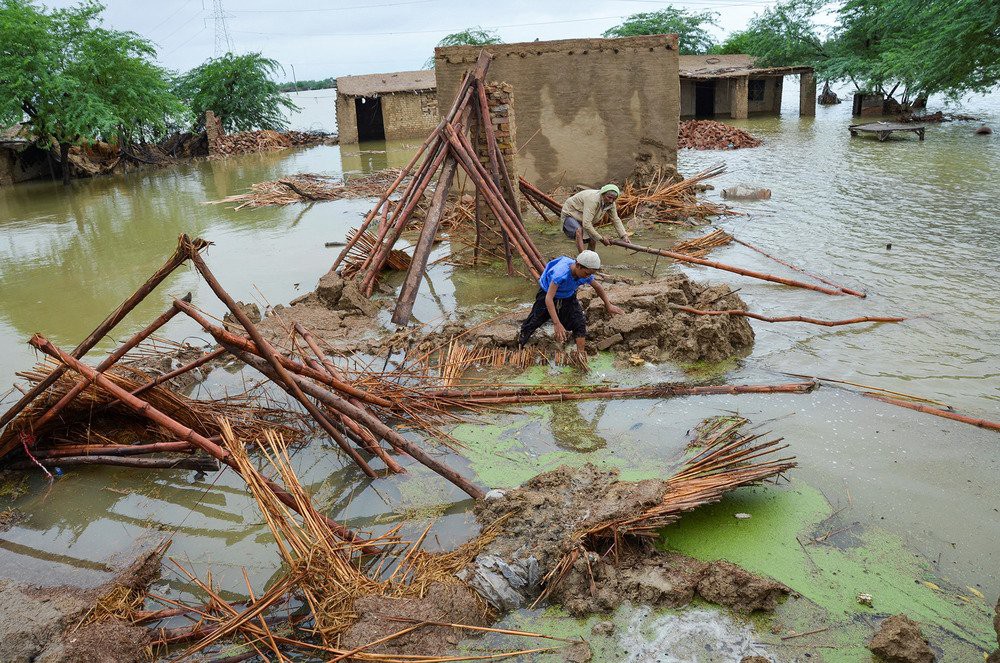
Pakistan is a country that is already grappling with a number of environmental problems. These include water shortages, air pollution, and deforestation. Climate change is only going to exacerbate these existing problems.
The huge number of populations has been badly affected by these disasters with implications for food production, Fresh water supply, and different kinds of health issues that hit them directly. These climate changes are highly affecting our environment which is not in favor of the whole regional atmosphere. Within the country, the northern regions will experience relatively warmer temperatures than the south.
This increase, especially in temperature, is associated with a number of adverse effects. Impacts include increased frequency of extreme events (floods, droughts, heat waves, and storm activity), the permanent retreat of most glaciers (except for a small minority Karakoram Range) which provides the bulk of the country’s water supply, and changes in it. Climate change is likely to make these extreme weather events even more common in Pakistan. This will put further strain on an already water-stressed country and could lead to conflict over scarce resources.
The impact of climate change is expected to increase in the coming years and decades, posing serious challenges to Pakistan’s development. Some of the key disadvantages of a changing climate for Pakistan are:
1) Agricultural productivity is expected to decline due to the increased frequency and intensity of droughts and floods. This will lead to food insecurity and higher prices for food.
2) The availability of water is expected to decline as a result of changes in precipitation patterns and melting glaciers. This will put additional pressure on Pakistan’s already scarce water resources.
3) Health problems are likely to increase due to heat waves, air pollution, and the spread of water-borne diseases. There is also a risk of increased vector-borne diseases such as malaria and dengue fever.
4) Economic growth is expected to slow down due to the impacts of climate change on agriculture, water resources, health, infrastructure, and other sectors. This will further widen the gap between Pakistan’s rich and poor.
HOW CLIMATE CHANGE IS WORSENING THE WATER CRISIS
You may not know this, but Pakistan is one of the most vulnerable countries when it comes to climate change. And the effects are already being felt in the form of longer spells of drought, as well as more intense floods.
It’s not just the weather that’s changing, either. The social fabric of Pakistani society is unraveling as people are forced to migrate from their homes in search of water. It’s a dire situation, and it’s only going to get worse unless something is done to address climate change.
Climate change is making Pakistan’s water crisis worse and worse. As the temperature rises, the glaciers in the Himalayas are melting, and the water that has traditionally flowed into Pakistan is drying up. This is making it harder and harder for people in Pakistan to get access to clean water, and it’s also putting a strain on the country’s already fragile infrastructure.
Comments
Post a Comment